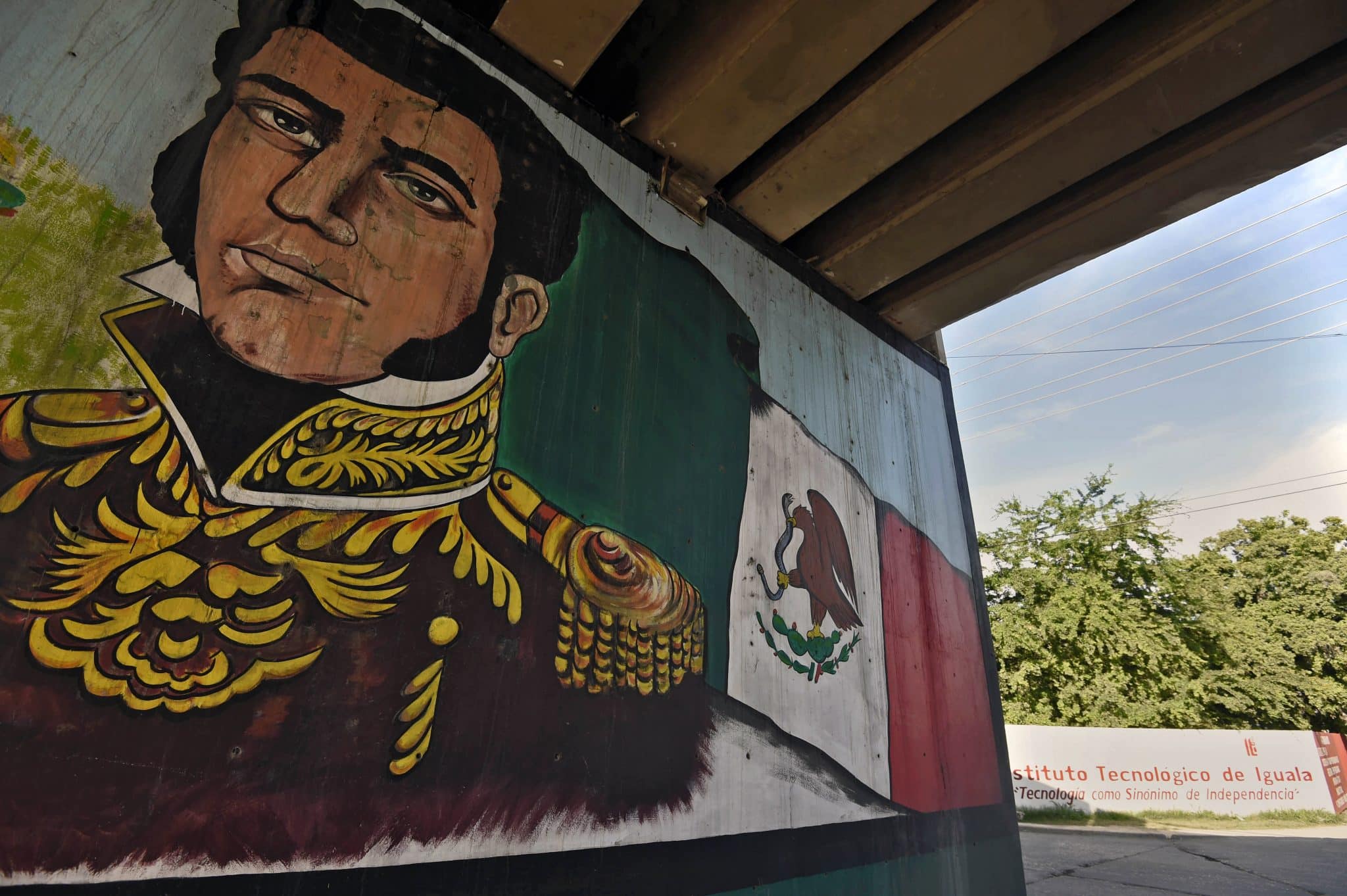Vicente Guerrero: The Black Hero Who Showed Mexico that Skin Color Doesn’t Define Greatness
Black history in the Americas and Latindad are inextricably linked. In the U.S., a quarter of Latinos identify as being Afro-Latino. But representation of strong, Black figures in Latinidad’s history are few and far between. After all, history books often choose to tell a different story.
One of the most notable Afro-Latino figures in history is Vicente Guerrero, the second elected president of Mexico. Guerrero was mixed-race, of both African and Indigenous descent. This ethnic combination was uncommon for men in power during his time.

So uncommon, in fact, that many of his political enemies attempted to use his race as an insult.
Vicente Guerrero used his ethnicity to his advantage
Due to his mixed background, Guerrero was able to relate to a range of Mexicans from many different backgrounds — not just to the white Spaniard ruling class.
Vicente Ramón Guerrero Saldaña was born in the city of Tixtla, located in the state that is now called Guerrero after Vicente himself. His father, Juan Pedro Guerrero, was an Afro-Mexican man who owned a successful freight business. Guerrero worked for his father in his youth as an arriero, a mule driver.
In fact, it was Guerrero’s work as an arriero that stoked his military ambitions.
Throughout his travels across Mexico, Guerrero learned about the idea of Mexican independence from Spain. He soon realized he wanted to support the cause. His father, however, did not share the same opinions as him.
As the story goes, Juan Pedro Guerrero allegedly asked his son, Vicente, to present a sword to the viceroy of New Spain as a symbol of honor. Vicente refused, saying in response: “La voluntad de mi padre es sagrada, pero mi patria es primero.”
Since then, the phrase mi patria es primero has become the motto of the state of Guerrero
Vicente Guerrero was so devoted to Mexican independence that he enlisted in José María Morelos’ rebel army in 1810. Guerrero quickly established himself as an indispensable asset to the insurgent army and rose in the ranks to the position of commander-in-chief after Morelos’s death in 1815.
It was Guerrero’s idea to convince royalist army general Agustín de Iturbide to join forces with the insurgent army to fight for independence. The two men banded together to write the revolutionary proclamation, the Plan of Iguala, which, among other things, abolished the racial casta system of New Spain.
On issues of race and class, Vicente Guerrero was a trailblazer
Not only did he formally abolish the casta system, but, after the people elected him president in 1828, he abolished slavery throughout most of Mexico. Despite facing opposition from within and outside of his government, Guerrero supported public schools, land title reform and industry development.
But Guerrero’s reign didn’t last long. On December 4, 1829, his Vice President, Anastasio Bustamante, led a rebellion and deposed him. On February 14, 1831, he was executed by firing squad.
Now, historians still argue over exactly why they killed him as opposed to sending him into exile. Contemporary Mexican intellectual Lorenzo de Zavala revealed in later letters that Guerrero’s death was meant to be a warning to other non-white Mexicans about the dangers of rising above your “place.”
“[Zavala] noted that Guerrero was of mixed blood and that the opposition to his presidency came from the great landowners, generals, clerics and Spaniards resident in Mexico,” wrote historian Leslie Bethell in his book, Mexico Since Independence. “Guerrero’s execution was perhaps a warning to men considered as socially and ethnically inferior not to dare to dream of becoming president.”
Immediately after his death, Guerrero became a martyr and a folk hero. His statue exists in Mexico City’s Plaza de San Fernando. Tourists and well-wishers from all over and pay their tribute.
Last year, Martin Luther King Jr.’s son visited the site of Guerrero’s death, Cuilapan de Guerrero. “As an Afro-American, Vicente Guerrero experienced discrimination, but he used his voice for the dignity and freedom of Mexicans, no matter where they came from,” said Mr. King III. “He was an example of courage that still inspires people for equality and brotherhood.”




